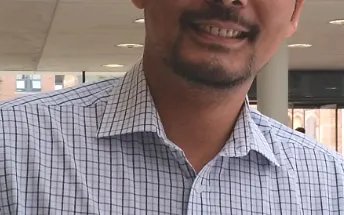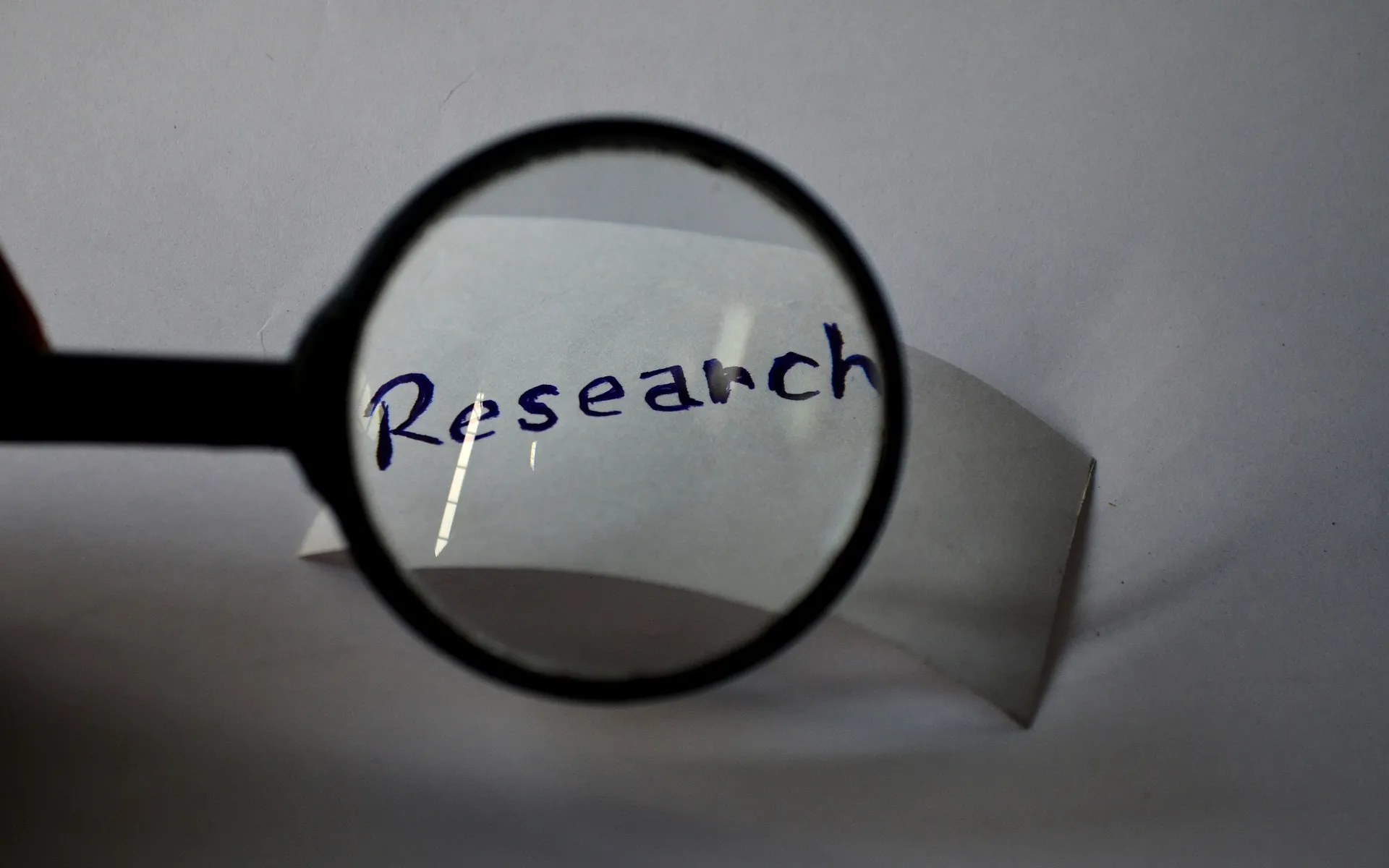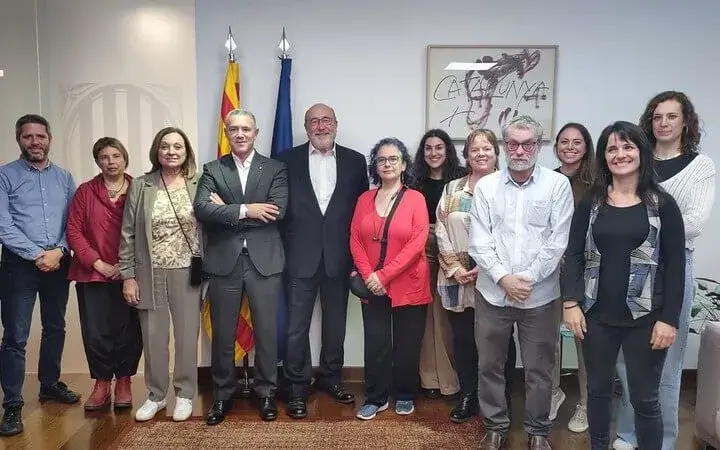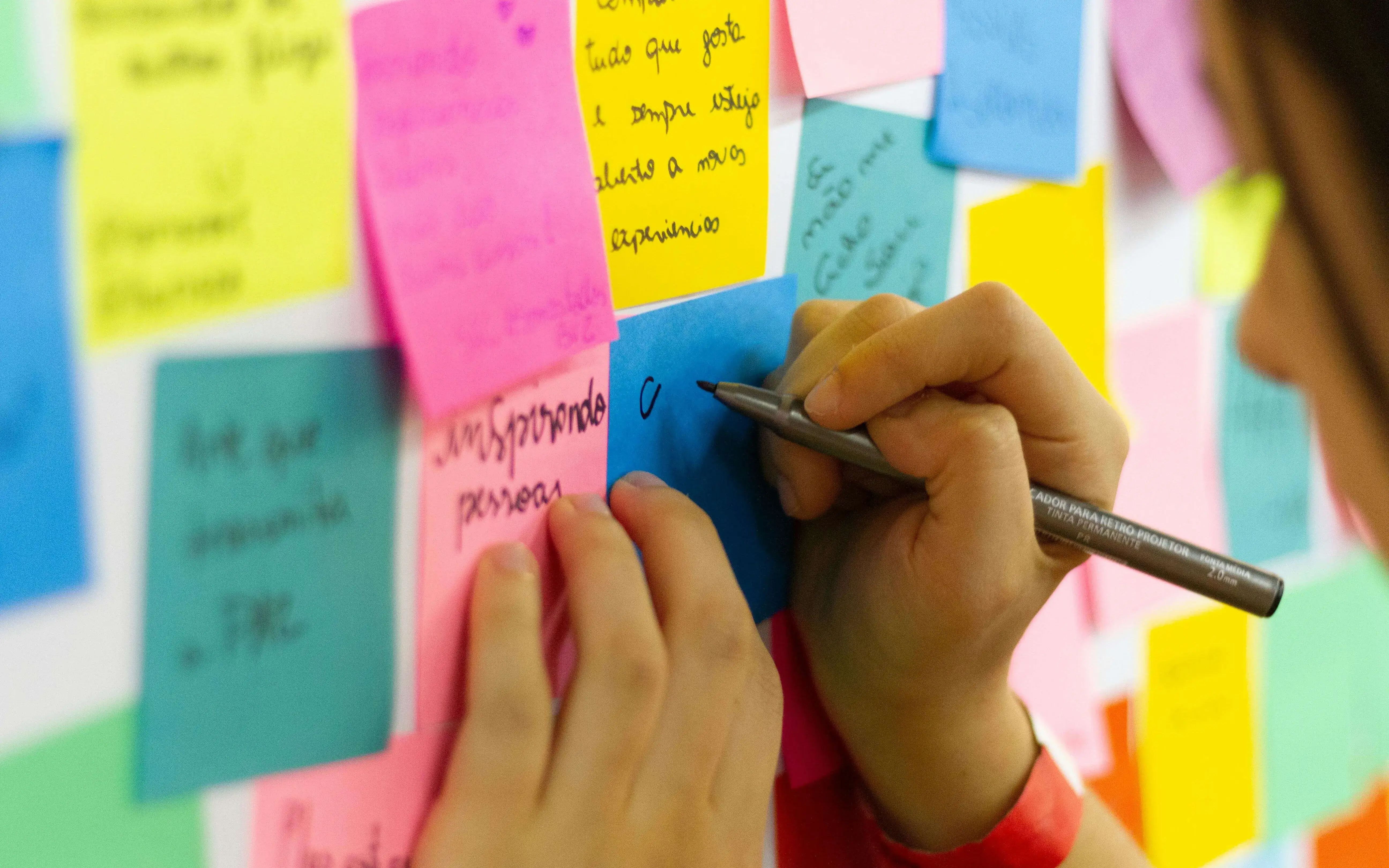Nur Azam Anuarul Perai: "The 'third sector' in Malaysia is very visible but there is no formal description of the sector"
The PhD Student at Stirling University is carrying out a research on the Malaysian third sector. Its final aim is to measure the economic contribution of the sector.
What are the origins of the Malaysian third sector?
Although a sector that lies outside the government (public) and market (private) exists, the term ‘third sector’ itself is not widely used in Malaysia where is better known as the non-governmental (NGO) sector.
My preliminary research found that in Malaysia, the origins of this sector can be traced to immigration and religion where early NGOs focused on nationalistic, race based advancement programmes and clan based mutual benefit societies promoting individual cultures and dialects. Early independent non-government funded education institutions include Christian mission schools, independent Chinese schools and independent Islamic religious schools.
In what sense is it a religion-based and race-based sector? Which historical factors have influenced its evolution?
The social composition of Malaysia seen today is brought about by colonisation and migration. The British colonial administration however did not encourage integration of the various races resulting in them being segregated geographically as well as by occupation & trade. This historical aspect of the economy contributed to the state of the Malaysian social economy and shaped the structure of the third sector.
The sector is said to be religion-based because the religious institutions such as mosques, monasteries and churches are found to provide assistance to society independently without government or private sector support. Despite not generally considered as third sector organisations, they carry out numerous third sector activities.
What kind of activities do the Malaysian third sector organizations carry out?
Most Malaysian third sector organisations focus on welfare and development issues such as the less privilaged, orphans, the aged and people with impaired abilities. We also have a visible number of advocacy and pressure groups. We however do not have many visible NGOs/ TSOs in the socal and recreational sectors.
Is the Malaysian reality similar to the one of the rest of the countries of the area?
The common factor driving the third sector in some South East Asian countries is religion, either through awareness brought about by religious belief or as a means of preaching the religion.
How do you think the sector will evolve in the future?
We can already see an increased use of technology to mobilise and further the objectives of the third sector. We will probably see more ad-hoc voluntary groups brought together by the social media to address urgent societal needs. These groups of individuals may not have a formal structure initially but could form the basis for a more formal organisation, especially if a significant number of the members share a common philosophy.
What is still unknown about the Malaysian third sector?
The third sector in Malaysia is very visible, NGOs are aplenty, charity programmes are undertaken all the time especially during religious festivities and times of misfortune such as natural disasters but despite all this, there is no formal description of the sector. Do we know the size of the sector or what it is made up of? There is no consensus on the constituents and characteristics of the sector; its organisations and motivations of the participants. Do we follow the North American definition and exclude profit making and mutual help organisations or do we apply the European conceptualisation of the sector and include the social economy and civil society into the definition? Without a clear definition and description, contribution and impact of the third sector to the economy cannot be quantified. What we need is a comprehensive database on the third sector and this can only be done if we know who and what makes up the sector. With that in place, we can work on improving the decision making and policy development process for the sector.
What problems have you encountered doing this research?
I’m still in the very early stages of my research and have not come across major obstacles but has been quite challenging to find literature specifically on the Malaysian third sector, I’m sure there are more out there but perhaps I have not found them. Other than that it has been a journey of discovery.
What is the aim of the whole research and what are your next steps?
The objective is to come up with a comprehensive database of the Malaysian third sector. A dataset that reflects the Malaysian third sector landscape, its organisations and activities. It is hoped that the availability of an organized database would make policy making and regulation more efficient and effective. Regulation does not mean creating a third sector ‘big brother’ but instead is to ensure the sector is transparent and operates free from fraudulent and unethical practices.
The next step is the fieldwork to come up with a description of the Malaysian third sector.











Add new comment